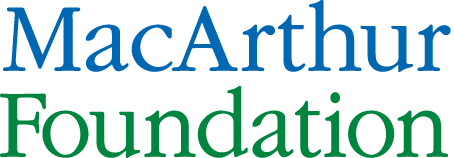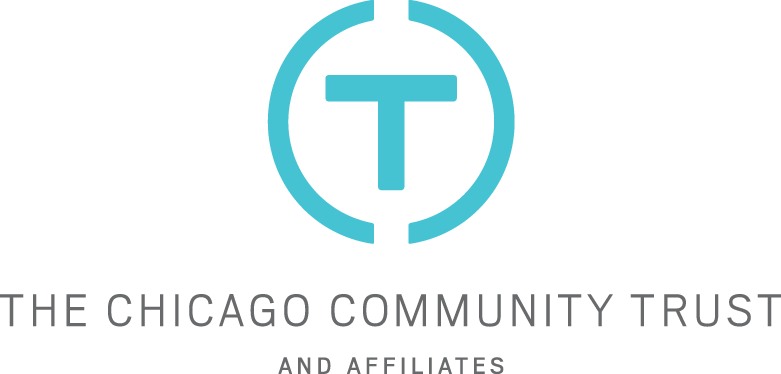This report examines how immigrants offset population decline and an aging workforce in Midwest metropolitan areas.
Immigration is a demographic lifeline for metropolitan areas throughout the 12-state Midwest region, according to a report released by The Chicago Council on Global Affairs. Over the past 50 years, the Midwest population has been growing more slowly than the national average. The arrival of nearly one million more immigrants to the region over the past decade has helped to reverse this trend.
Population decline threatens economic competitiveness, decreases the number of taxpayers, and reduces political representation and influence at the federal level. The number of native-born persons in Midwestern metro areas grew by only 3.3 percent between 2000 and 2010, while the number of immigrants grew by 27 percent. Immigration now accounts for 38.4 percent of all metro area growth in the Midwest.
"The flat growth experienced by so many Midwestern metro areas might not be a problem if the population were not also aging substantially at the same time."
Generous support for this report was provided by the John D. and Catherine T. MacArthur Foundation and The Chicago Community Trust. This report builds on previous Chicago Council reports on immigration and US economic competitiveness, with a focus on the economic contributions immigrants make to Chicago, the Midwest, and the nation.




